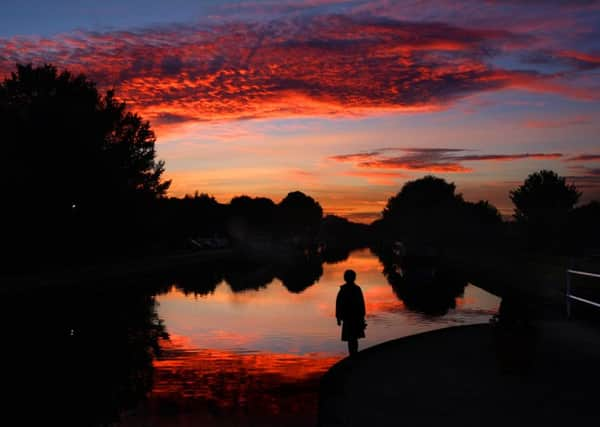Picture Post: Landscape holds reminders of an earlier time


The waterway was built to connect the city to the Humber and the North Sea and a hundred years or so ago it was busy with huge open containers, known as Tom Puddings, which carried coal from Yorkshire’s pits.
Commercial traffic still uses the navigation, but today the industrial heartland of yesteryear has been replaced by tranquil countryside.
Advertisement
Hide AdAdvertisement
Hide AdThe change has meant that the area is now home to a rich tapestry of wildlife, from the sand martins and kingfishers on the riverbank to the red kites which can regularly be seen circling in the skies above.
However, wander along the navigation and it is possible to spot the odd sign of the area’s past. Nestled on an island is Thwaite Mills, one of the last remaining examples in Britain of a water-powered mill.
The Georgian Grade II listed property was built in 1823 on the foundations of an earlier house. From 1872 it was home to several generations of the Horn family with the mill being used to process rape seed which was sold to the lubrication and lighting industries.
While by the 1950s the building had become virtually derelict, the mill continued with production concentrated on putty manufacture.
Advertisement
Hide AdAdvertisement
Hide AdIn 1975 disaster struck when the weir collapsed in a flood. With the waterwheels no longer working, the Horns had no option but to call it a day after more than 150 years.
By then the house, which was no longer occupied, had already begun to fall into disrepair. However, before it was consigned to history, a major restoration project brought it back into use.
The Thwaite Mills Society was formed in 1976 and it was down to the efforts of the members that the water wheel began turning again.
Today, it is once again a working water mill as well as a museum to a lost industry. Visitors can wander around the mill building, the manager’s house, stables, workshop, warehouse and workers’ cottages experiencing what life was like their in the 1940s before the arrival of electricity.